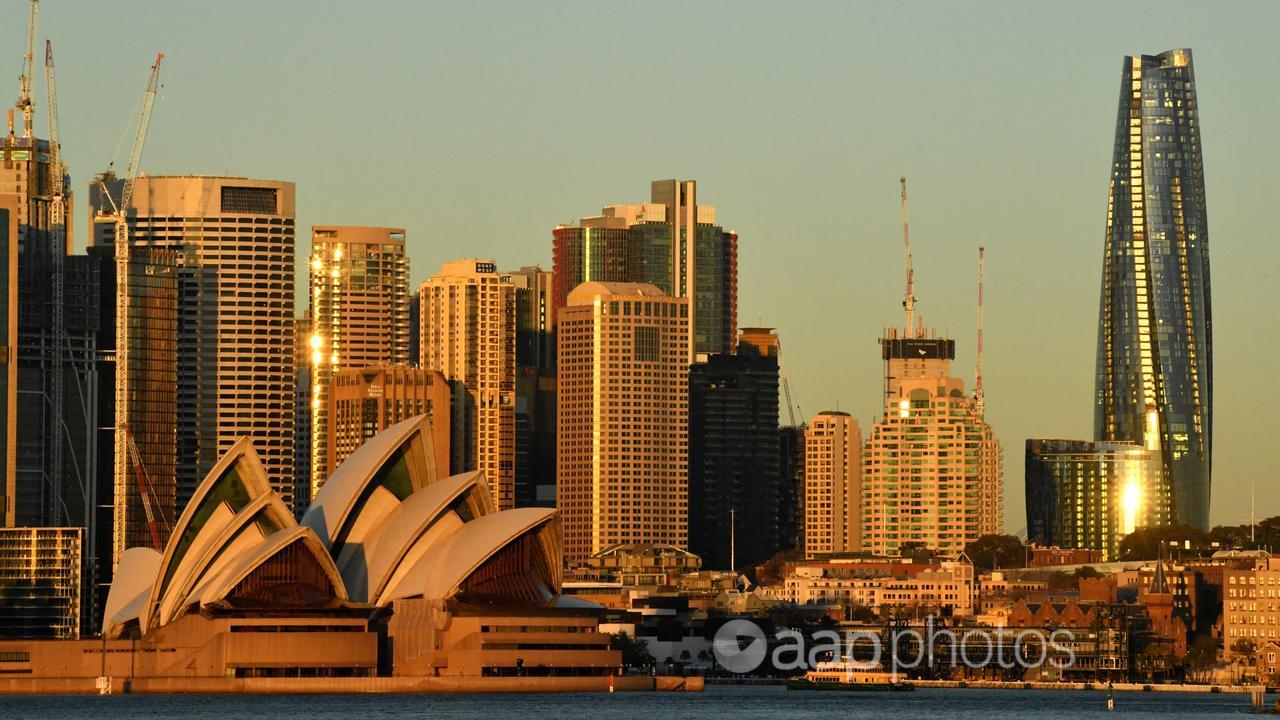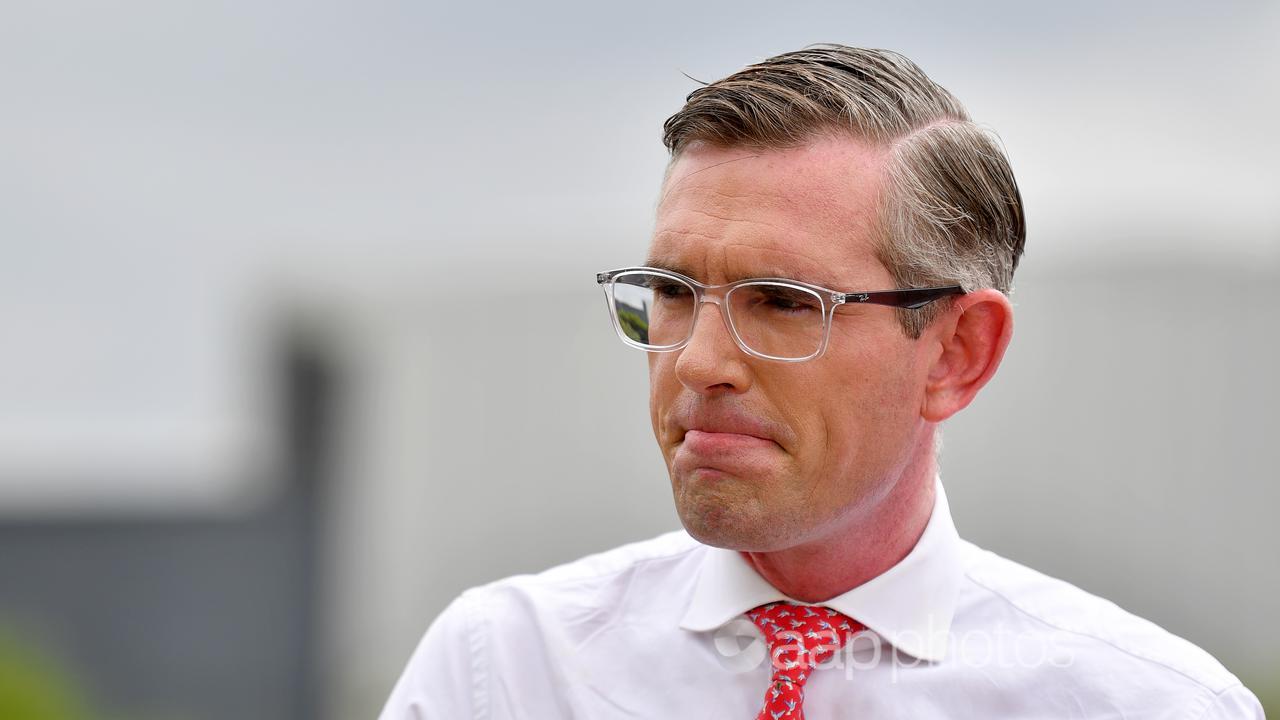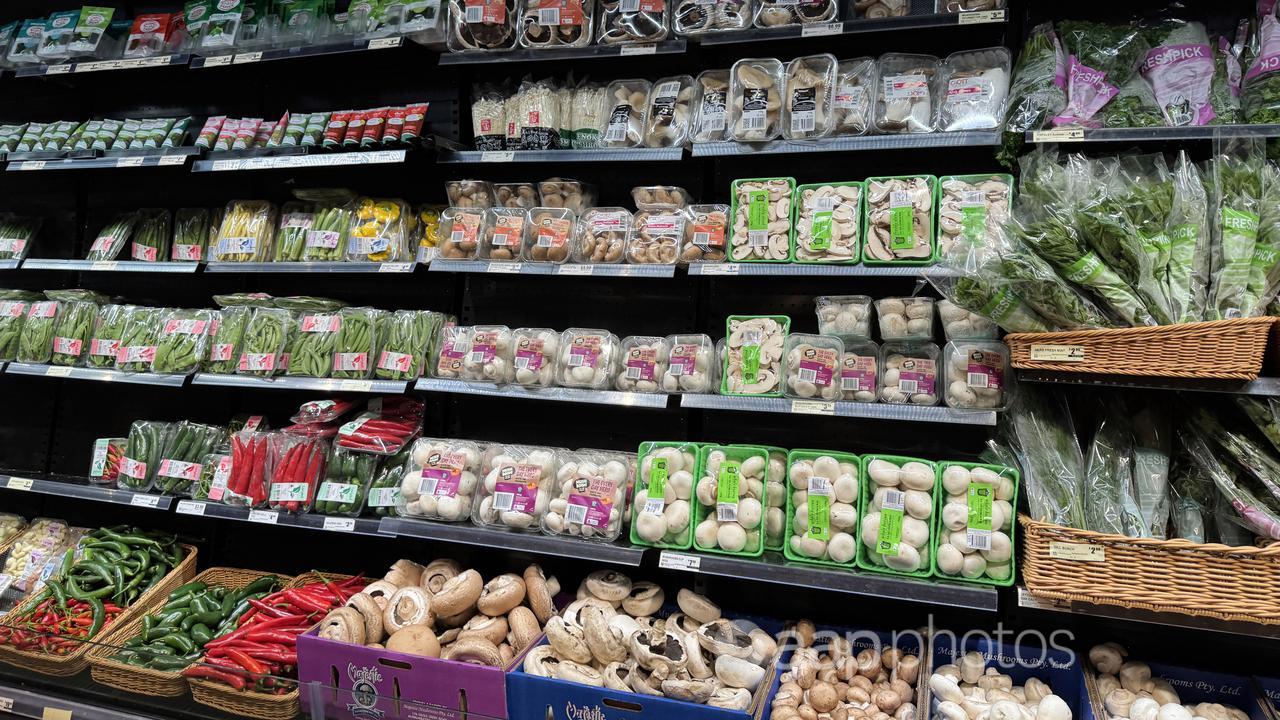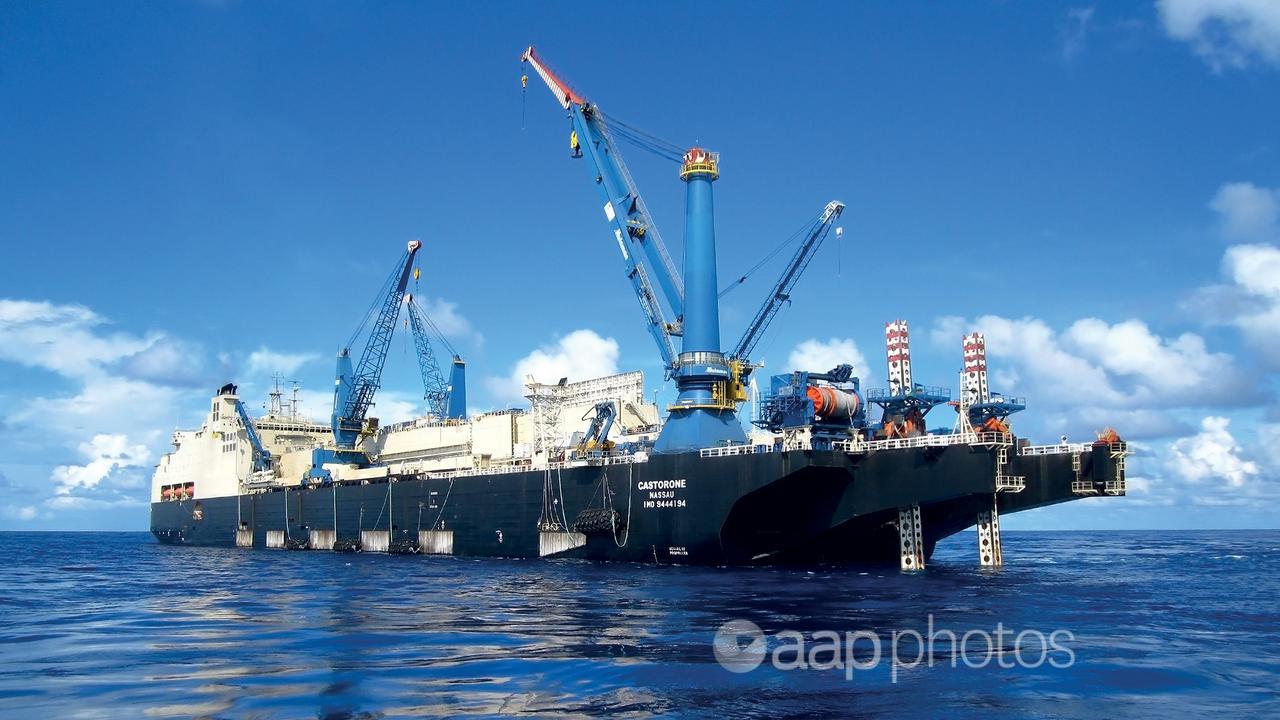NSW Premier Dominic Perrottet has put prosperity at the centre of his election pitch with the bold claim his state has the fastest-growing economy in Australia.
Mr Perrottet is standing by his claim about the NSW economy, after it was found to be false by AAP FactCheck.
The Premier – whose coalition government will face a state election on March 25 – has made similar statements on at least three occasions since he became premier in October 2021.
At a January 23, 2023 press conference, alongside NSW Treasurer Matt Kean, he said: “We can’t go back to where New South Wales was before. We’re the fastest growing economy that provides opportunity and prosperity for people right across New South Wales” (transcript here).
On October 9, 2022, the Daily Telegraph newspaper quoted the premier as saying: “NSW is standing strong and has the fastest-growing economy in the country…”.
And on November 16, 2022, the premier said in NSW parliament: “New South Wales has the fastest-growing economy, the lowest unemployment rate and the biggest infrastructure build anywhere in the country…”.

The premier’s office was twice contacted to clarify what measures of economic growth had been used, only responding after publication to say the claims were accurate based on two measures: state final demand (SFD) and NSW state budget forecasts of gross state product (GSP). See his statement in full here, here and here.
He said the NSW Treasury used the quarterly SFD measure in its budget publications, and also referred to a Reserve Bank of Australia bulletin from 2012 describing the growth of SFD as a “timely measure of state economic performance”.
Mr Perrottet’s office said when taking into account the SFD figures from the September 2021 quarter to the September 2022 quarter (inclusive), NSW had economic growth of 11.1 per cent – higher than all other states and territories.
“As SFD is available on a quarterly basis, just over two months after the quarter in question, it is by far the most timely measure of (the) state’s economic performance,” the spokesman said.
However, two economists told AAP FactCheck the economic growth of states and territories is best compared using a measure called gross state product (GSP), the state equivalent of gross domestic product.
Dr John Hawkins from the University of Canberra and the Melbourne Institute’s Dr Tim Robinson both told AAP FactCheck the most comprehensive way to assess states’ and territories’ economic growth was GSP, which is a measure of the total economic production of a state economy.
They said SFD data counts demand for goods and services rather than economic output.
"So it's really a measure of demand, rather than production," Dr Robinson told AAP FactCheck in an email.
Data for the September 2022 quarter showed NSW's SFD had increased 0.7 per cent, which put Mr Perrottet's state in the middle of the pack when compared to Australia's seven other states and territories for the same quarter.
Historical data (table 25) shows the last time NSW returned SFD figures higher than all other states and territories was back in the September 2021 quarter, at the beginning of Mr Perrottet's premiership.
NSW is only higher than the other states and territories based on SFD when the September 2021 quarter is included in calculations. The most recent three quarters through to September 2022 consistently show NSW at a lower ranking.
In relation to GSP, the Reserve Bank of Australia describes it as “the headline measure of state economic activity”.
The Australian Bureau of Statistics (ABS) publishes GSP figures annually, as part of the national accounts data.
Data for the 2021-2022 financial year, released on November 18, 2022, showed NSW’s economy grew by 1.8 per cent in 2021-22.
That made NSW the slowest-growing state or territory economy, with a GSP growth rate just below the 1.9 per cent recorded by ACT.
Victoria topped the table for economic growth in 2021-22, recording a GSP boost of 5.6 per cent over the 12 months.
However, Dr Hawkins warned not too much should be read into the 2021-22 figures as the year-on-year growth rates were heavily influenced by COVID lockdowns.
"These had been more severe in Victoria in 2020-21 so the 'bounceback' was larger in 2021-22," Dr Hawkins told AAP FactCheck in an email.
"How much the relative performance of the state economies is attributable to the skilful management of state governments is another question.
"My guess would be that it is more a reflection of their differing industrial compositions. So if mineral prices are high and mineral demand strong, Western Australia outperforms the others. When mineral prices are low, Western Australia underperforms," he said.
Additionally, COVID border closures had more impact on states that are more reliant on international tourism, Dr Hawkins said.
Historical GSP figures show the last time NSW had the fastest growing economy was in 2015-16, when the state recorded 3.5 per cent growth rate under the premiership of Mike Baird.
Dr Hawkins and Dr Robinson both told AAP FactCheck that a limitation of GSP data is that the ABS only published figures annually.
The spokesman for Mr Perrottet said the premier’s claims were also correct when based on state budget forecasts for GSP.
He said the NSW forecast predicted 4.25 per cent growth for the state for 2022/23 - the highest percentage of all states and territories.
“In regard to State Budget Gross State Product forecasts, these are published by every state treasury department approx. every six months and are the best available and verifiable source of state economic growth forecasts,” the spokesman said.
He said forecasts showing NSW at 4.25% projected growth for the current financial year, provided “unequivocal” proof the claims were correct.
However, Mr Perrottet did not specify his claims were about projected growth.
Dr Robinson cautioned that forecasts are about “growth prospects” and can often differ from actual growth.
Dr Hawkins added: “If they want to use forecasts, they need to say that ‘NSW is forecast to…’ rather than ‘has’. Also, it is hardly an independent measure to use the NSW government's own forecast to back up their claim.”
Therefore, Mr Perrottet's claims that NSW has the fastest-growing economy cannot be justified by either GSP, GSP forecasts or SFD data.
Dr Hawkins and Dr Robinson both told AAP FactCheck that economic growth did not necessarily equal economic wellbeing.
"Just because the 'size' of the economy is increasing does not mean the residents are better off," Dr Hawkins said.
"For that, you want to use data on a per capita basis and income rather than production, as well as recognising that there are many more aspects of wellbeing than just economic."
The ABS publishes annual GSP per capita figures as part of its national accounts datasets, calculated using state and territory population estimates.
In 2021-22, NSW's GSP per capita rose by 1.6 per cent, which was the second-lowest rise out of the eight states and territories.
The Verdict
The NSW premier's claim that his state had the fastest-growing economy in Australia is incorrect.
In 2021-22, NSW had the lowest increase in gross state product among all states and territories. However, economists told AAP FactCheck the 2021-22 figures should be treated with caution as they were heavily influenced by the economic rebound from COVID.
The last time NSW had the fastest annual economic growth in Australia was 2015-16.
Mr Perrottet's claims that NSW has the fastest-growing economy cannot be justified by GSP, GSP forecasts or SFD data.
False - The claim is inaccurate.
* AAP FactCheck is an accredited member of the International Fact-Checking Network. To keep up with our latest fact checks, follow us on Facebook, Twitter and Instagram.
* Updated on February 3, 2023 to include NSW Premier Dominic Perrottet's response.
All information, text and images included on the AAP Websites is for personal use only and may not be re-written, copied, re-sold or re-distributed, framed, linked, shared onto social media or otherwise used whether for compensation of any kind or not, unless you have the prior written permission of AAP. For more information, please refer to our standard terms and conditions.


















